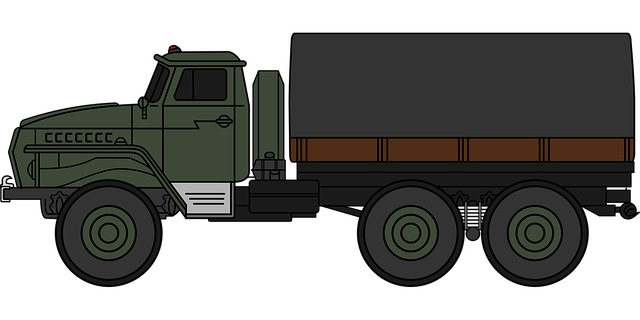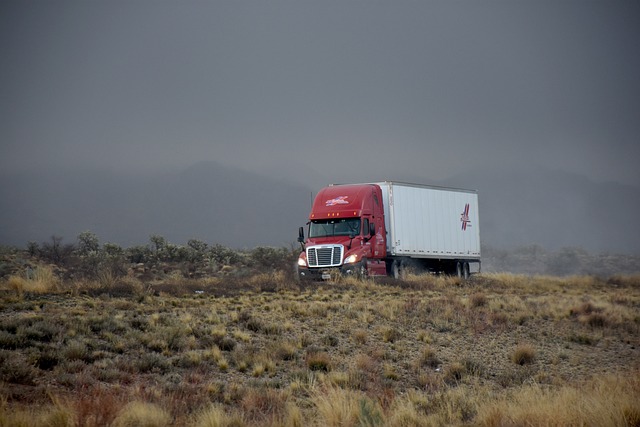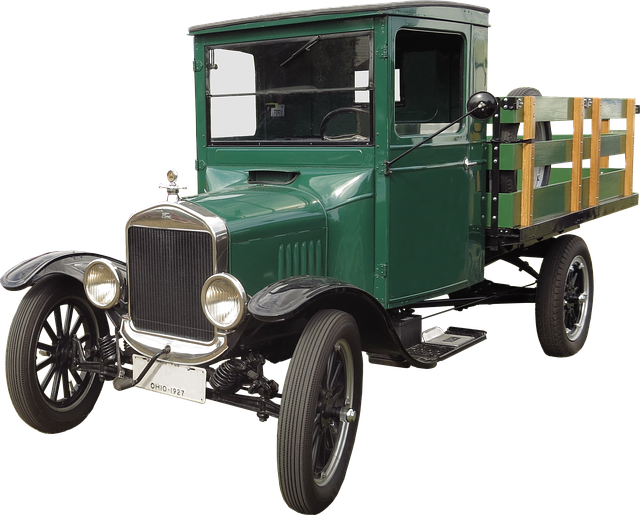In demanding industries like trucking, Workers' Compensation (WC) is crucial for fostering a workplace safety culture beyond legal compliance. WC isn't just financial coverage for accidents but encourages businesses to prioritize worker well-being through safer practices and infrastructure. For trucking businesses, comprehensive employee insurance acts as a strategic tool for risk mitigation, demonstrating commitment to employees' long-term well-being, and ensuring safe operations. It promotes active participation in safety programs, open communication, and incident reporting, cultivating a proactive safety culture that reduces incidents and protects both workers and employers.
In today’s competitive landscape, fostering a robust workplace safety culture is not just a moral imperative but a strategic necessity for trucking businesses. Leveraging workers’ compensation goes beyond meeting legal obligations; it serves as a cornerstone for risk mitigation and accident prevention. This article explores how trucking business employee insurance plays a pivotal role in creating a proactive safety culture. We’ll delve into proven strategies, best practices, and metrics to measure the positive impact on your organization’s overall well-being.
Understanding Workers' Compensation: A Foundation for Safety Culture

In the world of trucking and other demanding industries, understanding Workers’ Compensation (WC) is more than just a legal requirement; it’s a cornerstone for fostering a robust workplace safety culture. WC, often referred to as employee insurance, isn’t merely about financial coverage during accidents or injuries; it plays a pivotal role in shaping how businesses approach and prioritize worker well-being. When viewed as an integral part of overall risk management, WC encourages companies to implement safer practices, from regular safety training sessions to maintaining a robust safety infrastructure.
For any trucking business, employee insurance through WC isn’t just about meeting regulatory standards; it’s a strategic tool for mitigating risks and demonstrating a commitment to its employees’ long-term well-being. By embracing the spirit of WC, businesses can create an environment where safety is not just encouraged but ingrained in daily operations, ensuring that everyone, from drivers to support staff, returns home safely at the end of each shift.
The Role of Trucking Business Employee Insurance in Risk Mitigation

In the dynamic and often high-risk environment of trucking businesses, the role of comprehensive employee insurance cannot be overstated. This includes workers’ compensation insurance, which serves as a cornerstone in risk mitigation strategies. By ensuring that employees are protected against work-related injuries or illnesses, trucking companies can foster a culture of safety where everyone is mindful of potential hazards. Workers’ comp not only provides financial support to injured workers during their recovery but also acts as a powerful deterrent, encouraging adherence to safety protocols.
The presence of robust trucking business employee insurance plans signals to employees and stakeholders alike that the company values its workforce’s well-being. This encourages employees to actively participate in safety programs, reporting hazards and adhering to safety guidelines without fear of financial burden or career repercussions. Ultimately, this collaborative approach contributes to a safer work environment, reducing the likelihood of incidents and fostering a proactive safety culture within the trucking business.
Building a Proactive Safety Culture: Strategies and Best Practices

In today’s world, a robust workplace safety culture is paramount for any trucking business aiming to thrive and protect its most valuable asset – its employees. Going beyond mere compliance with regulations, fostering a proactive safety culture involves embedding safety consciousness at every level of operations. This begins with education and training, ensuring all employees are equipped with the knowledge and skills needed to identify and mitigate risks. Regular, interactive sessions on safety best practices can significantly enhance worker engagement and accountability.
Moreover, encouraging open communication channels allows employees to voice concerns without fear of reprisal, fostering an environment where safety is a shared responsibility. Implementing robust incident reporting systems, analyzing trends, and using data to identify areas for improvement are key strategies. For instance, utilizing trucking business employee insurance data can reveal recurring hazards, prompting targeted interventions. By integrating these practices, businesses not only comply with regulations but also create a culture that continually seeks to minimize risks and improve safety outcomes.
Measuring Success: Evaluating the Impact of Enhanced Workplace Safety Culture

By leveraging workers’ compensation as a strategic tool, trucking businesses can foster a proactive safety culture that goes beyond adherence to regulations. Trucking business employee insurance plays a pivotal role in risk mitigation by incentivizing safe practices and promoting continuous improvement. Through implementing best practices and measuring the impact of enhanced workplace safety, companies can create a culture where safety is not just a priority but an integral part of their identity, ultimately reducing incidents and improving overall operational efficiency.
